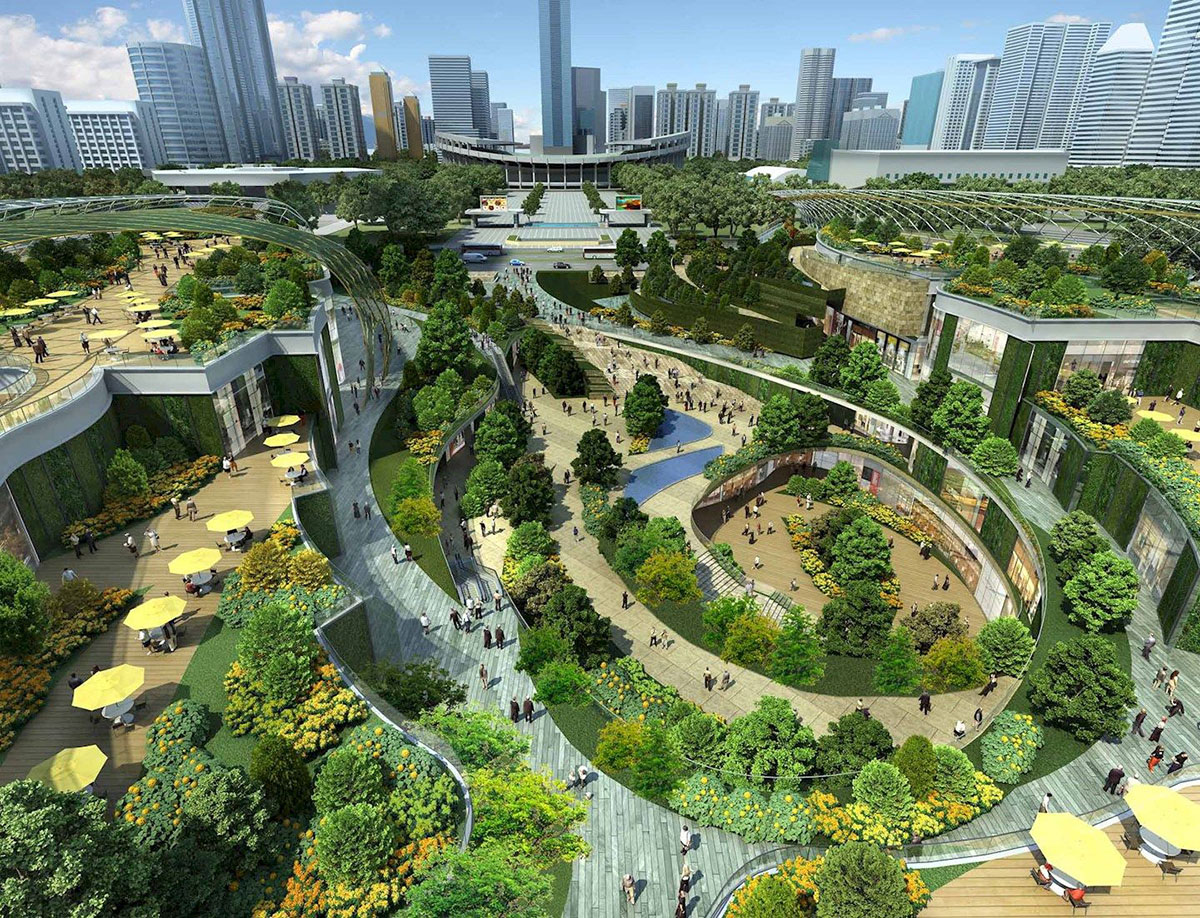In an era where environmental conservation is paramount, sustainable landscaping has emerged as a crucial practice for homeowners and property developers alike. By incorporating eco-friendly techniques, such as xeriscaping, native plant selection, and water conservation, we can create outdoor spaces that not only exude natural beauty but also contribute to a greener and more sustainable future. In this blog post, we’ll explore these eco-conscious landscaping practices and how they can benefit both your surroundings and the planet.
- Xeriscaping: Water-Wise Landscaping:
Xeriscaping is a water-efficient landscaping technique that has gained popularity in regions prone to drought and water scarcity. Here’s how you can embrace xeriscaping:
Drought-Tolerant Plants: Choose native or drought-resistant plants that require minimal watering once established.
Efficient Irrigation: Install a drip irrigation system or use soaker hoses to target root zones and reduce water wastage.
Mulch: Apply mulch to retain soil moisture, suppress weeds, and regulate soil temperature.
- Native Plant Selection: Supporting Local Ecosystems:
Native plants are species that naturally occur in a specific region. Here’s why incorporating them into your landscape is eco-friendly:
Biodiversity: Native plants attract local wildlife, such as birds and pollinators, supporting a healthy ecosystem.
Adaptability: These plants are adapted to local conditions, requiring less water and maintenance.
Reduced Pesticides: Native plants are less susceptible to pests and diseases, reducing the need for chemical treatments.
- Water Conservation: Responsible Water Use:
Efficient water management is at the core of sustainable landscaping. Here are some strategies:
Rainwater Harvesting: Collect rainwater in barrels or cisterns for irrigation purposes.
Smart Irrigation Systems: Invest in weather-based irrigation controllers that adjust watering schedules based on real-time weather data.
Soil Improvement: Amend your soil with organic matter to improve water retention and reduce runoff.
- Eco-Friendly Hardscaping:
Sustainability extends beyond plants. When designing hardscape elements:
Permeable Surfaces: Opt for permeable pavers or gravel to allow rainwater to seep into the ground, reducing runoff.
Recycled Materials: Choose recycled or locally sourced materials for patios, walkways, and retaining walls.
- Composting and Soil Health:
Healthy soil supports plant growth and reduces the need for fertilizers and pesticides:
Composting: Create a compost pile to recycle kitchen and garden waste into nutrient-rich soil conditioner.
Mulching: Apply organic mulch to improve soil structure, retain moisture, and suppress weeds.
Sustainable landscaping isn’t just a trend; it’s a commitment to a greener and more environmentally conscious future. By implementing eco-friendly practices like xeriscaping, native plant selection, water conservation, and responsible hardscaping, you can reduce your environmental footprint while creating a beautiful and sustainable outdoor space. Whether you’re a homeowner seeking a lush garden or a property developer looking to enhance the sustainability of your projects, sustainable landscaping is the path to a more eco-conscious and vibrant future. Let’s work together to nurture the planet and create outdoor havens that are both breathtaking and kind to the Earth.







